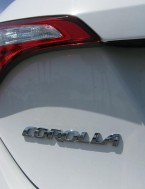
Test Car Information:
2014 Toyota Corolla LE
1.8L naturally aspirated I4, 132 hp @ 6,000 RPM, 128 lb-ft @ 4,400 RPM
Continuously variable transmission, front-wheel-drive
MSRP as tested: $18,300 (not including $825 S&H charge)
Review Index
2014 Toyota Corolla LE – Part 1 (Exterior)
2014 Toyota Corolla LE – Part 2 (Interior)
2014 Toyota Corolla LE – Part 3 (Interior – Electronic Features)
2014 Toyota Corolla LE – Part 4 (Powertrain)
2014 Toyota Corolla LE – Part 5 Chassis and Suspension)
For most of car enthusiasts (or, auto junkie, which my wife calls me), if he is given a budge of around $19,000 to shop for a new car, I believe the Toytoa Corolla will not be in the list at all. This is because they say it is too generic, boring and no fun to drive.
In fact, the Corolla is actually like what they say; and from my point of view, this is intended. Please do not misunderstand my words: it does not mean Toyota does not make the Corolla “better” in purpose. On the contrary, what you have seen of the 2014 Corolla – its exterior/interior styling, powertrain, chassis, electronic features etc., are in a situation that Toyota engineers believe to be the optimal.
If you disagree with this, that’s fine. But judging this product objectively, we should look at its sales figure, which no one can deny. There may be some one saying “many people do not understand cars”, “many people have no taste” – whenever you have such feeling, please note that you must be the targeted consumer of some low-volume luxury cars, or sports cars.
To make a product like Corolla, is not easier than designing the Bugatti Veyron. The reasons are: for Corolla, the cost constraint are more strict, and the customer base is way more larger. Detailed challenges are:
1. Cost per unit is strictly limited, but the car design still need to provide reasonable performance and functionality
2. Lower priced car usually has lower profit margin
3. Consumer base is so large that it generates design conflicts (what customer A likes is what customer B hates)
4. Significant larger consumer base indicates much higher possibility of litigation actions, and higher cost because of this
Therefore, the final production Corolla you see today, is the result of “balancing”: make all features and their combined effect to be acceptable to most people.
For the exteior styling, the current Corolla (E170, 11th generation) has a more aggressive look in the front, with large/exaggerated grille, angular-shaped front light housing, pronounced muscle line around the front wheel arc area:
but it keeps the generic side profile of the previous generation Corolla:
This indicates Toyota’s intention to include more young-aged customers into Corolla’s target market, without annoying its existing customers. The reason behind this is: most people, regardless of age and social status, generally like something impressive/stylish on a car’s front face; at the same time, they want to show some kind of sedate, mature indications (to avoid the “ricer” image), therefore the side profile serves this purpose well.
Back in 2003, Toyota has upgrade the Corolla production line’s quality standards regarding panel alignment and gap widths, to the same level of what Lexus had in the 1990s. This means Toyota keeps the Lexus product quality about 10-year advance ahead of Toyota’s general product line.
The 2014 Corolla has good build quality: the gaps between body panels are uniform, weather stripes fits door frames and shape lines in body panel lines up too.
Currently for some luxury cars, LED headlights are optional, you need to pay several hundreds or even thousands dollar to get it; to your surprise, the Corolla LE trim has the LED headlights as standard feature.
The tail light has a slight hint that borrowed from Audi:
The exhaust pipe looks raw and has no decoration on the tip, for a car at this price level this is acceptable.
Even the Audi Q5 has the same bare-metal exhaust tips!
The bottom of the rear bumper cover is not just covered by a black plastic strip – it has the interlaced texture which imitates the carbon fiber materials:


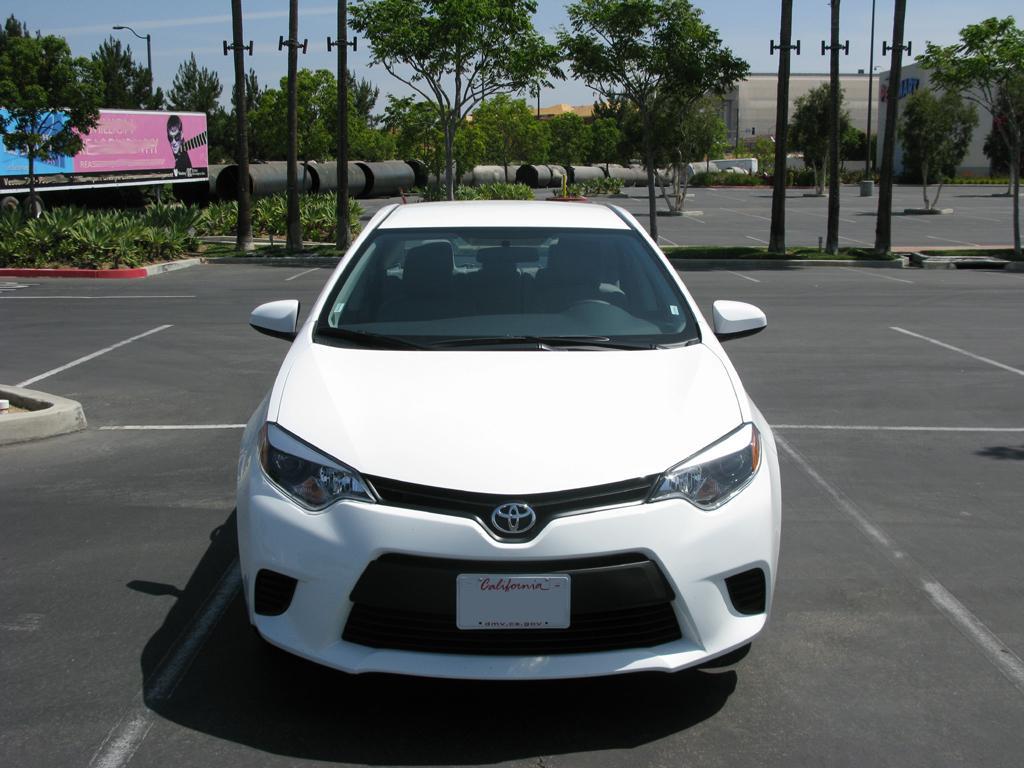
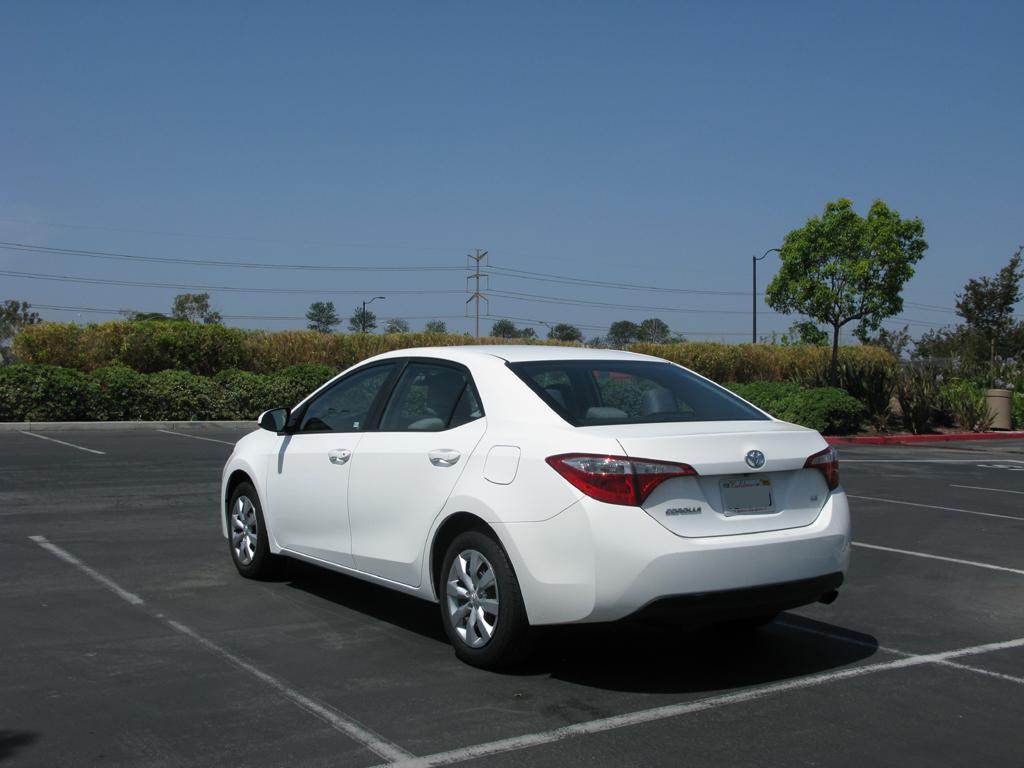
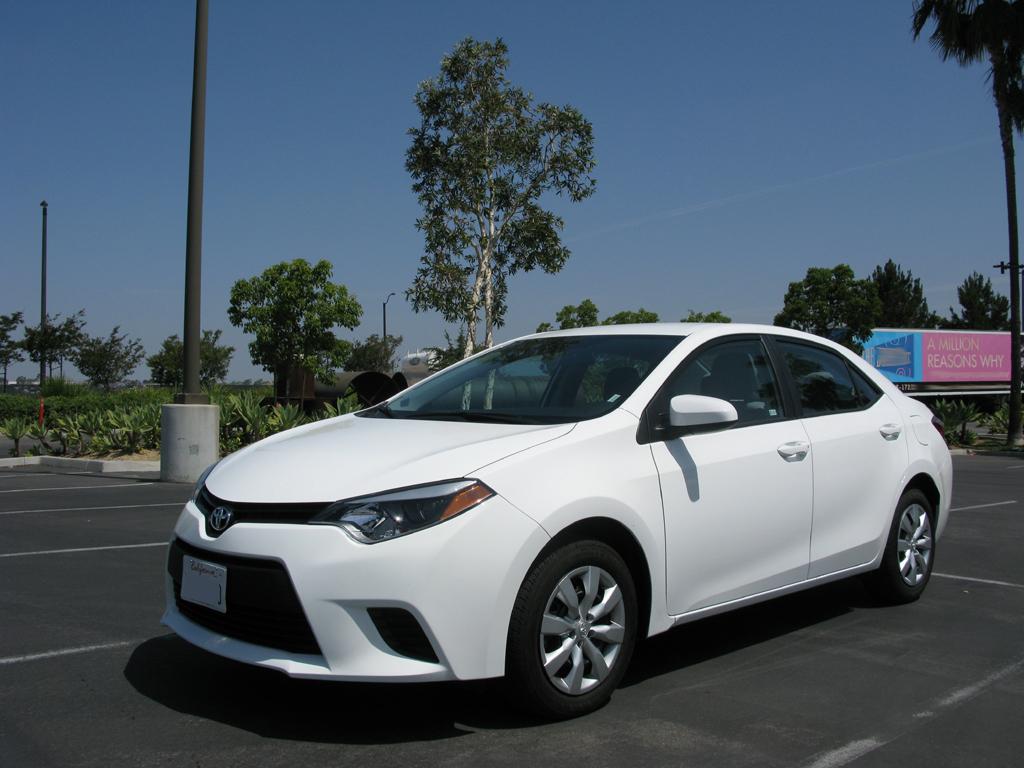
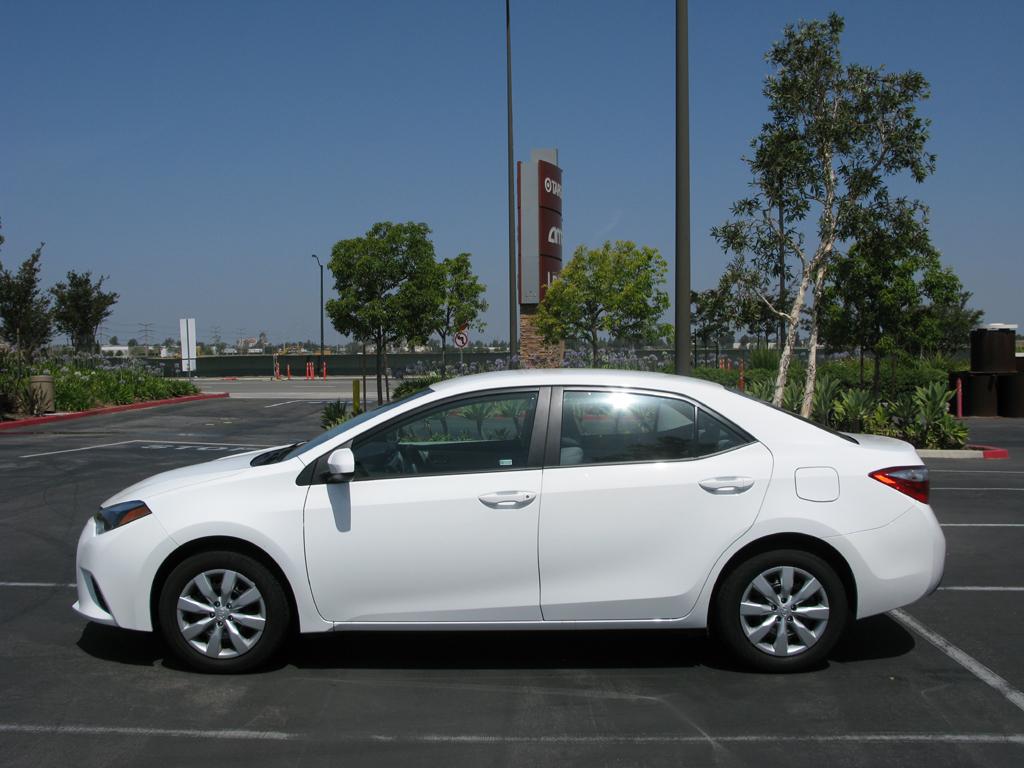
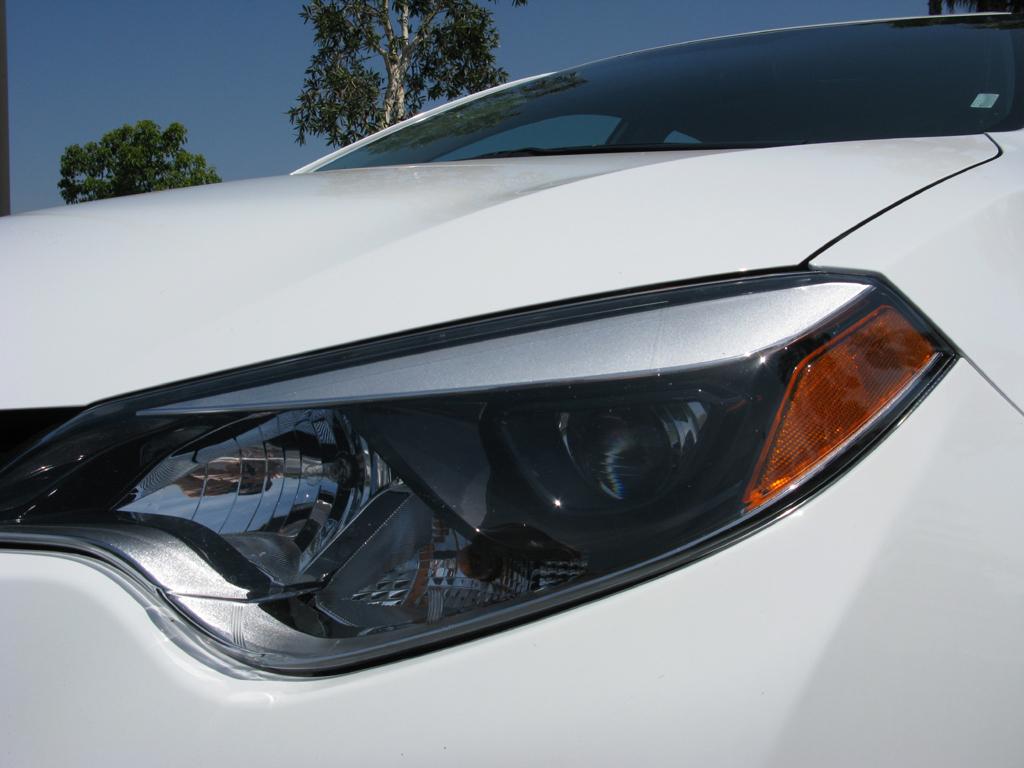
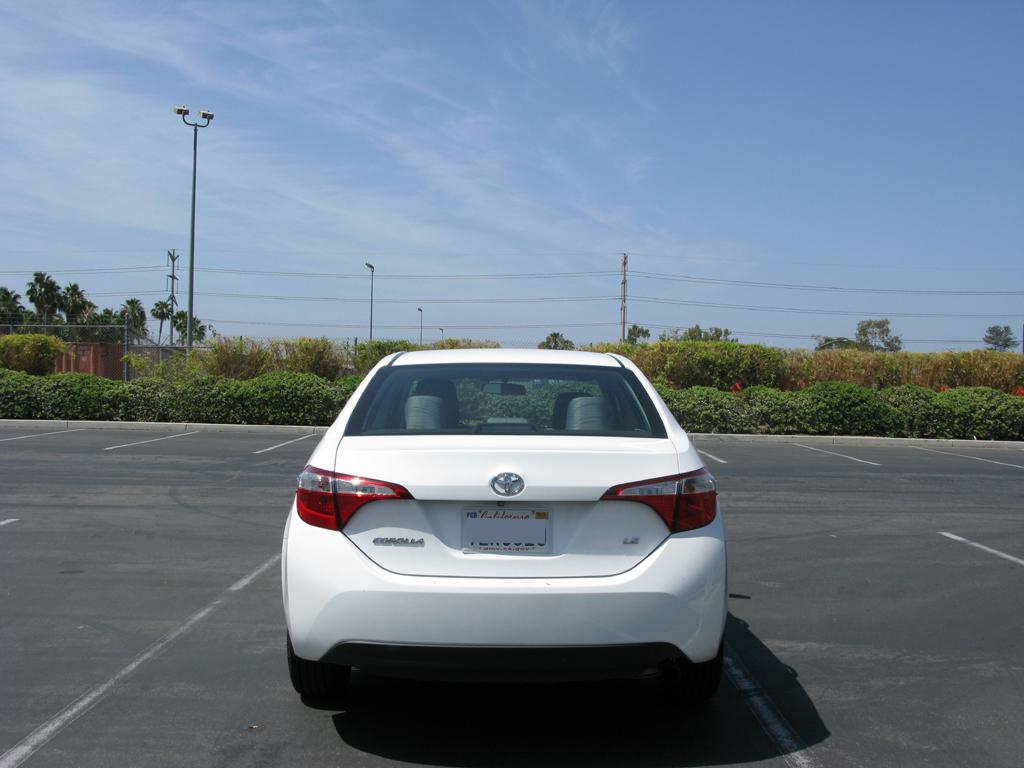
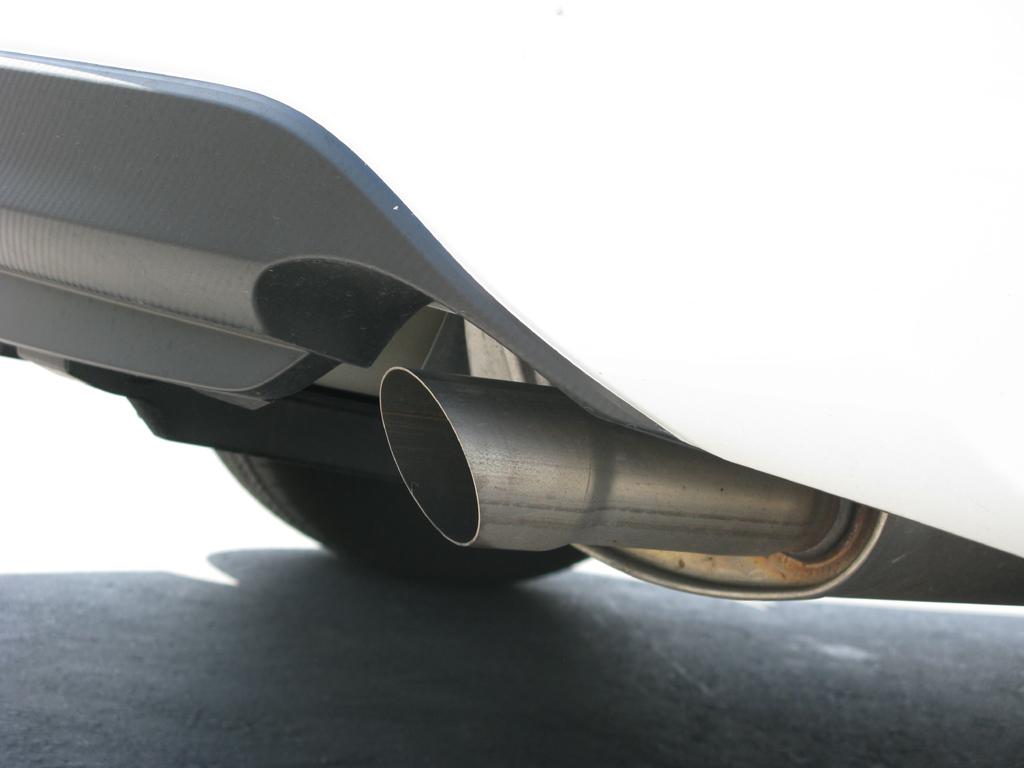
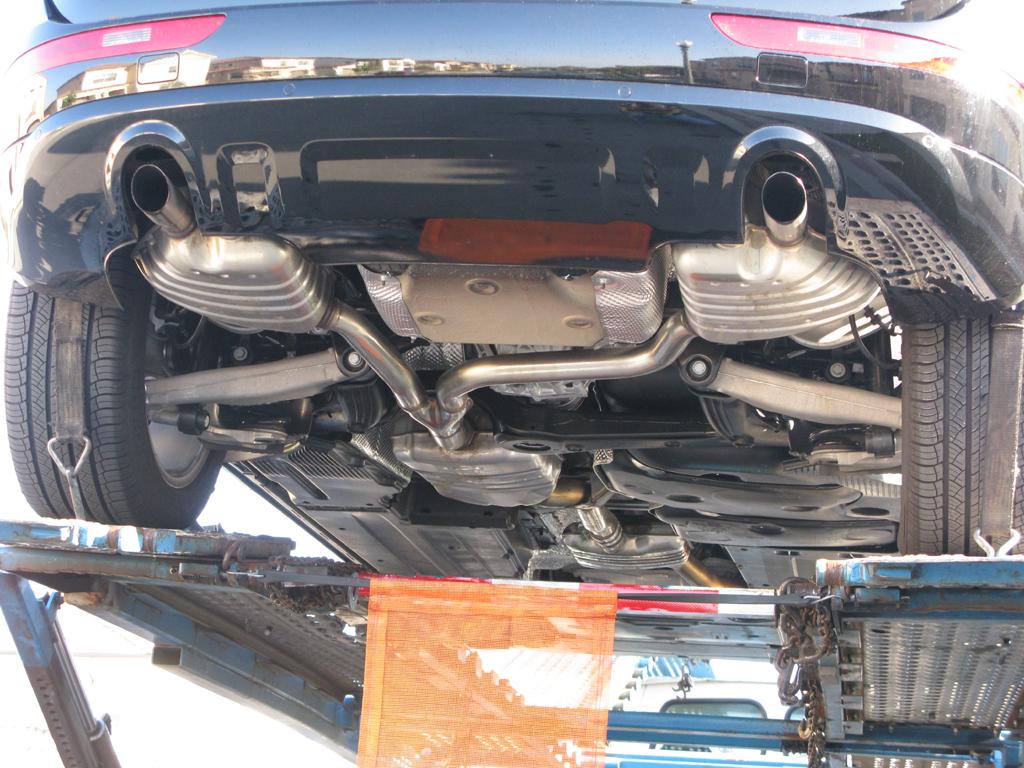
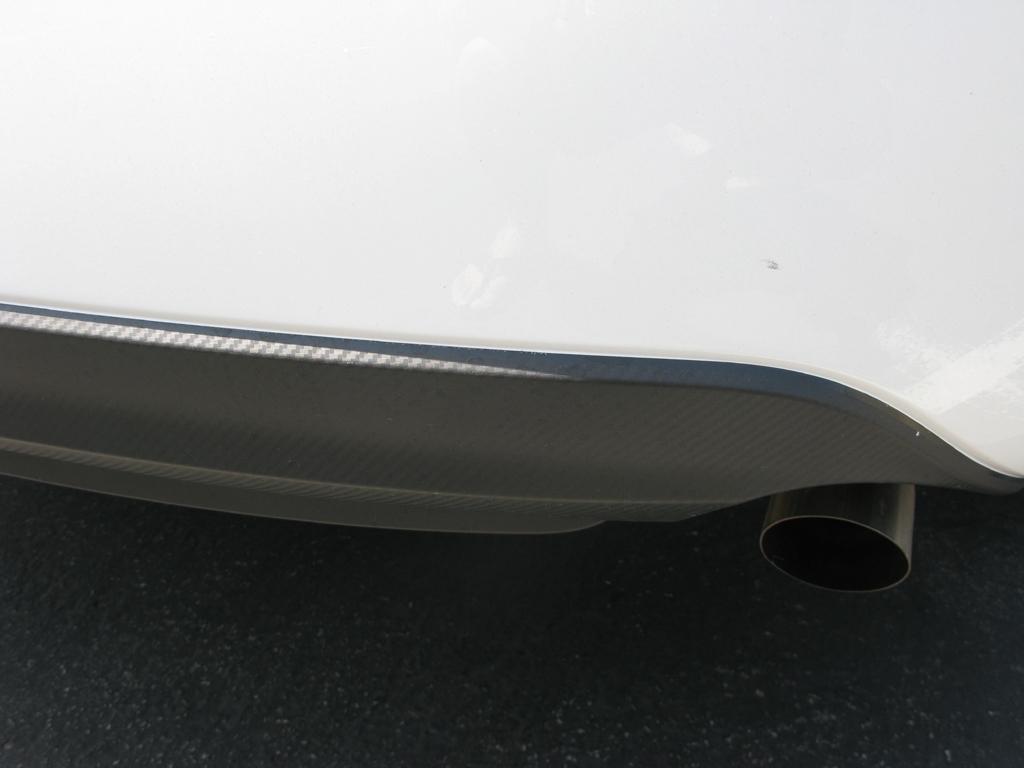

Recent Comments